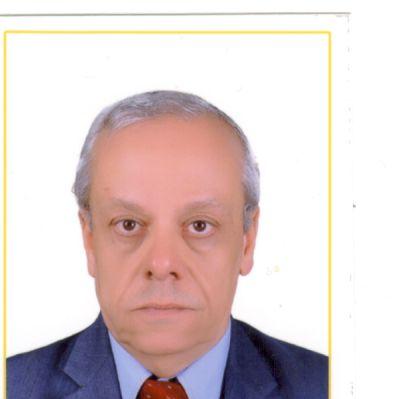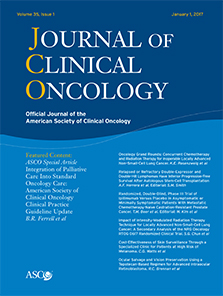Background: Evaluation of prognostic factors affecting Radiation Induced Fibrosis (RIF) to help for decreasing its incidence and to improve quality of life for cancer survivors. Methods: Thirty patients were included in this study .It was carried out at faculty of medicine, Sohag University Hospital, Egypt during the period between July 2012 and July 2013 after approval of university ethical committee. We included all patients with (RIF) which is persistent or appeared after 6 months of completion of radiation therapy. Detailed medical history and clinical examination were done for all patients included in the study. We categorized the patients according to severity of RIF into four grades according RTO 2010. Assessment of pain was done according to 0–10 Numeric Pain Rating Scale. Results: Thirty patients with RIF were included in the study. The age of the studied patients ranged from 21- 65 years with a Mean 48,33 ± SD of 10,88. 56.7% of the cases were more than 50 years old. Female patients were 73.3%. BMI of the studied patients ranged from 19-40 kg/cm2 with a Mean 28.03 ± SD of 6.98. 26.7%patients were smokers.43.3% patientshadprevious history of acute radio dermatitis.60% had breast tumor. Chest was affected in 19 (60%) patients, back in 3 (10%) patients, neck in 4 (13%) patients, lower limbs in 2 (7%) patients, and face in 2 (7%) patients.T1 represented in 30%, T2 in 36.7%, T3 in 13.3% while T4 in 20% of the included patients. Twenty four (80%) patientsreceived chemotherapy before radiation. We documented a significant relation between BMI and severity of RIF (p = 0.007).Severity of RIF was significantly associated with higher BMI (p = 0.007), higher radiation doses (p = 0.02), higher number of radiotherapy treatment fraction (p = 0.03), higher radiation field sizes (p = 0.003), and patients with duration of more than one year of RIF (p < 0.001). Patients from rural areas documented higher degree of RIF (p = 0.03). Conclusions: It is important to give more attention to RIF as a one of late toxicity of radiation therapy. It can be minimized by avoiding its predisposing factors to improve quality of life of cancer survivors.


